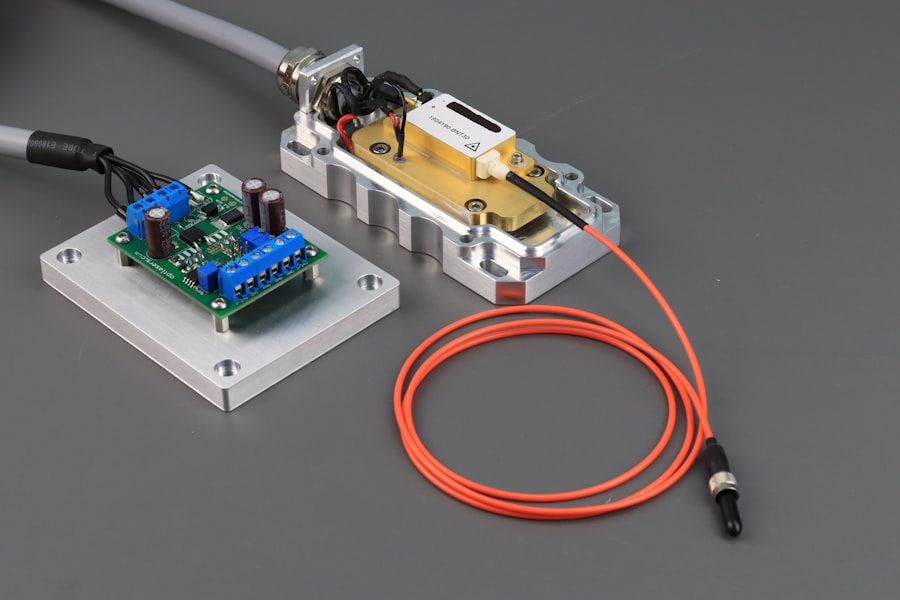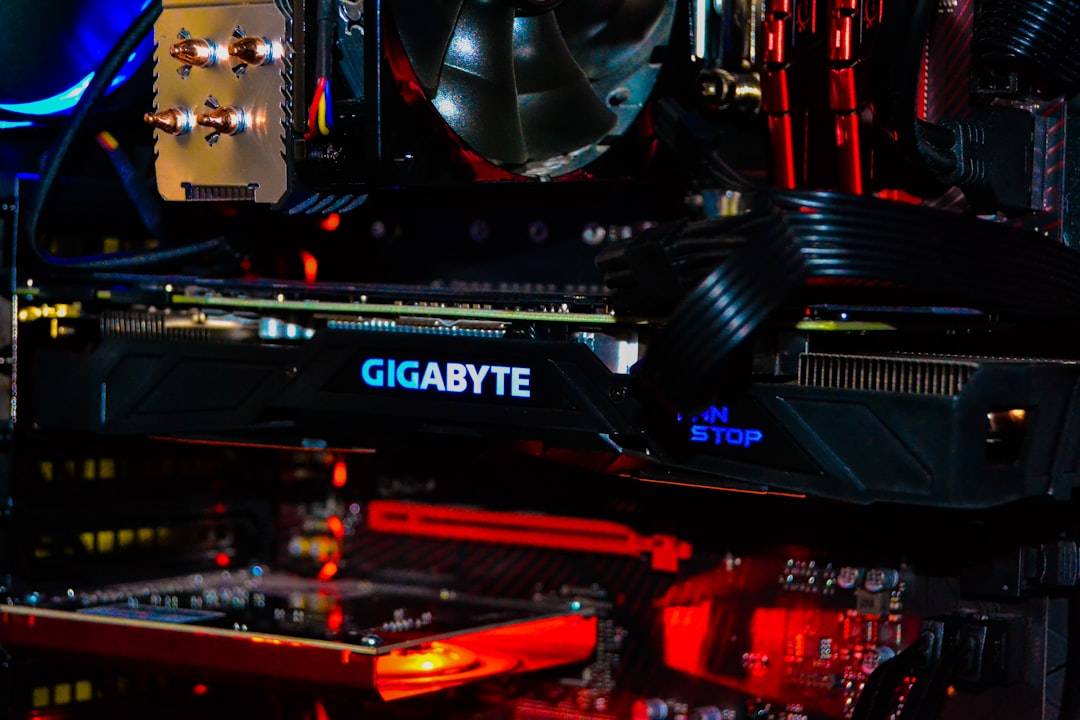Laser hair removal is a popular cosmetic procedure that uses concentrated beams of light to remove unwanted hair. The laser targets the pigment in the hair follicles, heating them up and damaging the follicle to inhibit future hair growth. This process is effective in reducing and eventually eliminating hair growth in the treated area. The procedure is commonly used to remove hair from the face, legs, arms, underarms, bikini line, and other areas.
The process of laser hair removal begins with a consultation with a qualified technician or dermatologist. During the consultation, the technician will assess the patient’s skin type and hair color to determine the most suitable laser treatment. It’s important to note that laser hair removal is most effective on individuals with light skin and dark hair, as the contrast between the skin and hair color allows the laser to target the hair follicles more effectively. However, advancements in laser technology have made it possible for individuals with darker skin tones to undergo laser hair removal with specialized lasers that are safe for their skin type.
Overall, laser hair removal is a safe and effective method for reducing unwanted hair growth. It is important to consult with a qualified professional to determine if you are a suitable candidate for the procedure and to discuss any potential risks or side effects.
Key Takeaways
- Laser hair removal uses concentrated light to target and destroy hair follicles, resulting in long-term hair reduction.
- Laser hair removal is generally safe for all skin types, but it may not be as effective for people with light hair or dark skin.
- Common treatment areas for laser hair removal include the face, legs, arms, underarms, bikini line, and back.
- Multiple sessions are usually required for effective hair removal, with most people needing 6-8 treatments spaced 4-6 weeks apart.
- During and after a laser hair removal session, you can expect some mild discomfort and redness, but these side effects are usually temporary.
Is Laser Hair Removal Safe for All Skin Types?
Laser hair removal is generally safe for all skin types, but it is important to note that individuals with darker skin tones may require specialized lasers to avoid potential side effects such as pigmentation changes or burns. Traditional lasers used for hair removal target the pigment in the hair follicles, which can also affect the pigment in the skin for individuals with darker skin tones. However, specialized lasers such as Nd:YAG or diode lasers are safe for darker skin types as they are designed to bypass the melanin in the skin and target the hair follicles specifically.
It is crucial to consult with a qualified technician or dermatologist who has experience working with diverse skin types to ensure that the appropriate laser is used for your specific skin tone. Additionally, it is important to follow pre and post-treatment care instructions to minimize any potential risks or side effects. Overall, laser hair removal can be safe and effective for all skin types when performed by a trained professional using the appropriate technology.
What Areas of the Body Can Be Treated with Laser Hair Removal?
Laser hair removal can be performed on almost any area of the body where unwanted hair growth occurs. Common treatment areas include the face, legs, arms, underarms, bikini line, chest, back, and even the sensitive areas such as the upper lip and chin. The precision of the laser allows for targeted treatment of specific areas, making it a versatile option for both small and large areas of the body.
The face is a popular area for laser hair removal, particularly for individuals looking to remove unwanted facial hair such as upper lip hair, chin hair, or even shaping the eyebrows. The legs and arms are also common treatment areas, providing long-lasting smooth skin without the need for regular shaving or waxing. Additionally, laser hair removal on the bikini line and underarms can provide a more permanent solution for hair removal in these sensitive areas.
Overall, laser hair removal can be performed on various areas of the body, providing a convenient and effective solution for reducing unwanted hair growth.
How Many Sessions are Required for Effective Hair Removal?
| Number of Sessions | Effectiveness |
|---|---|
| 4-6 sessions | Noticeable reduction in hair growth |
| 8-12 sessions | Significant reduction in hair growth |
| 12+ sessions | Long-term hair removal |
The number of laser hair removal sessions required for effective hair removal varies depending on individual factors such as skin type, hair color, and the treatment area. Typically, multiple sessions are needed to target hair follicles in different stages of growth. Hair grows in cycles, and not all hairs are actively growing at the same time. Therefore, multiple sessions spaced several weeks apart are necessary to target hairs in different growth stages and achieve optimal results.
On average, most individuals require 6-8 sessions for significant hair reduction, with touch-up sessions as needed to maintain results. The exact number of sessions needed can be determined during a consultation with a qualified technician or dermatologist based on individual factors such as hair density, coarseness, and growth patterns.
It is important to follow the recommended treatment schedule and attend all scheduled sessions to achieve the best results. Consistency is key in achieving long-term hair reduction through laser hair removal.
What Should I Expect During and After a Laser Hair Removal Session?
During a laser hair removal session, patients can expect to feel a slight stinging or snapping sensation as the laser targets the hair follicles. The sensation is often described as tolerable and can be minimized with cooling techniques such as a cold air device or cooling gel applied to the skin. The duration of each session varies depending on the size of the treatment area, with smaller areas such as the upper lip taking only a few minutes, while larger areas like the legs may take up to an hour.
After a laser hair removal session, it is normal to experience some redness and mild swelling in the treated area. This typically subsides within a few hours to a day. It is important to avoid sun exposure and apply sunscreen to protect the treated area from UV rays. Additionally, it is recommended to avoid hot showers, saunas, or activities that may cause excessive sweating for 24-48 hours post-treatment.
Patients can expect to see gradual reduction in hair growth after each session, with optimal results becoming noticeable after completing the recommended number of sessions. It is important to follow post-treatment care instructions provided by the technician or dermatologist to ensure proper healing and long-term results.
Are There Any Side Effects or Risks Associated with Laser Hair Removal?

While laser hair removal is generally safe, there are potential side effects and risks associated with the procedure. Common side effects include redness, swelling, and mild discomfort during and after treatment. These side effects are typically temporary and subside within a few hours to a day.
Less common side effects may include changes in skin pigmentation, blistering, scarring, or infection. These risks can be minimized by ensuring that the procedure is performed by a qualified professional using appropriate technology for your skin type. It is important to follow pre and post-treatment care instructions to minimize potential risks and ensure proper healing.
Individuals with darker skin tones may be at a higher risk for pigmentation changes or burns if not treated with specialized lasers designed for their skin type. It is crucial to consult with a qualified technician or dermatologist who has experience working with diverse skin types to minimize any potential risks associated with laser hair removal.
How to Choose the Right Clinic for Laser Hair Removal
When choosing a clinic for laser hair removal, it is important to research and select a reputable facility with qualified technicians or dermatologists who have experience performing laser treatments. Look for clinics that use FDA-approved technology and prioritize safety protocols to ensure optimal results and minimize potential risks.
It is recommended to schedule a consultation with the clinic to discuss your specific needs and assess their level of expertise in treating diverse skin types. During the consultation, ask about their experience with laser hair removal, the technology they use, and any potential risks associated with the procedure based on your skin type.
Additionally, read reviews and testimonials from previous clients to gauge their satisfaction with the clinic’s services and results. A reputable clinic will prioritize client safety and satisfaction while providing personalized treatment plans tailored to individual needs.
Overall, choosing the right clinic for laser hair removal involves thorough research, consultations, and ensuring that the facility meets safety standards and has qualified professionals who prioritize client care and safety.
If you have questions about laser hair removal, it’s essential to seek advice from pure aesthetics experts. They can provide valuable insights and guidance to ensure you make informed decisions. In a related article on at-home laser hair removal devices, you can find a comprehensive review of the top 10 best options available in the market. This article offers valuable information for those considering at-home solutions for hair removal. For more in-depth discussions on professional laser hair removal, including cost and pricing in Los Angeles, you can also explore articles on laser hair removal prices and how to reduce the cost of professional treatments. These resources can help you gain a better understanding of the various aspects of laser hair removal and make well-informed choices. Check out this article for more information on at-home laser hair removal devices.
FAQs
What is laser hair removal?
Laser hair removal is a cosmetic procedure that uses a concentrated beam of light (laser) to remove unwanted hair. The laser targets the pigment in the hair follicles, damaging them and inhibiting future hair growth.
How does laser hair removal work?
During the procedure, the laser emits a light that is absorbed by the pigment in the hair follicles. This damages the follicles and inhibits future hair growth. Multiple sessions are usually required to achieve long-term hair reduction.
Is laser hair removal safe?
When performed by a qualified and experienced professional, laser hair removal is generally considered safe. However, there are some potential risks and side effects, such as skin irritation, changes in skin pigmentation, and rare cases of burns or scars.
Who is a good candidate for laser hair removal?
Laser hair removal is most effective on individuals with light skin and dark hair, as the laser targets the pigment in the hair follicles. However, advancements in technology have made it possible for individuals with a wider range of skin and hair colors to undergo laser hair removal.
What areas of the body can be treated with laser hair removal?
Laser hair removal can be used to treat unwanted hair on various areas of the body, including the face, legs, arms, underarms, bikini line, and back. It is important to consult with a professional to determine the best approach for each specific area.
How many sessions are typically needed for laser hair removal?
The number of sessions needed for laser hair removal varies depending on factors such as the individual’s skin and hair type, the area being treated, and the desired results. On average, multiple sessions spaced several weeks apart are required to achieve long-term hair reduction.
What should I expect during and after a laser hair removal session?
During the session, the area to be treated will be cleaned and a cooling gel may be applied. The laser will then be used to target the hair follicles. After the session, there may be some redness and swelling, but these side effects typically subside within a few hours to a few days. It is important to follow post-treatment care instructions provided by the professional.






